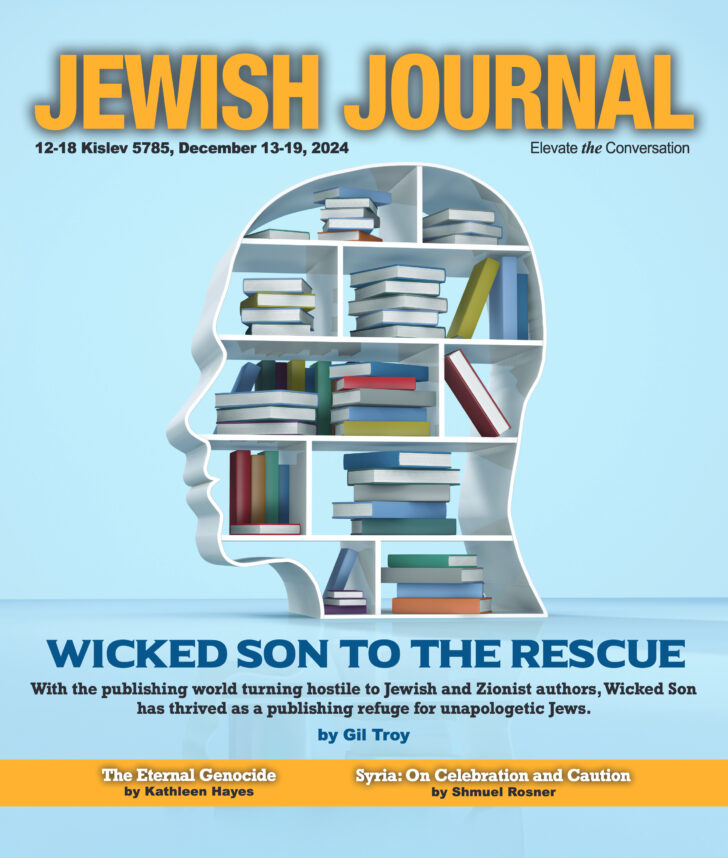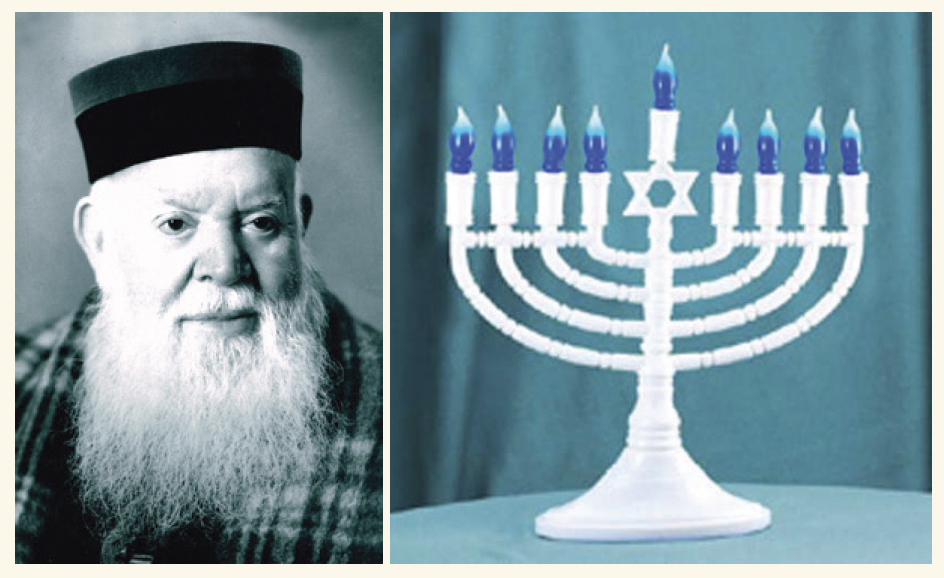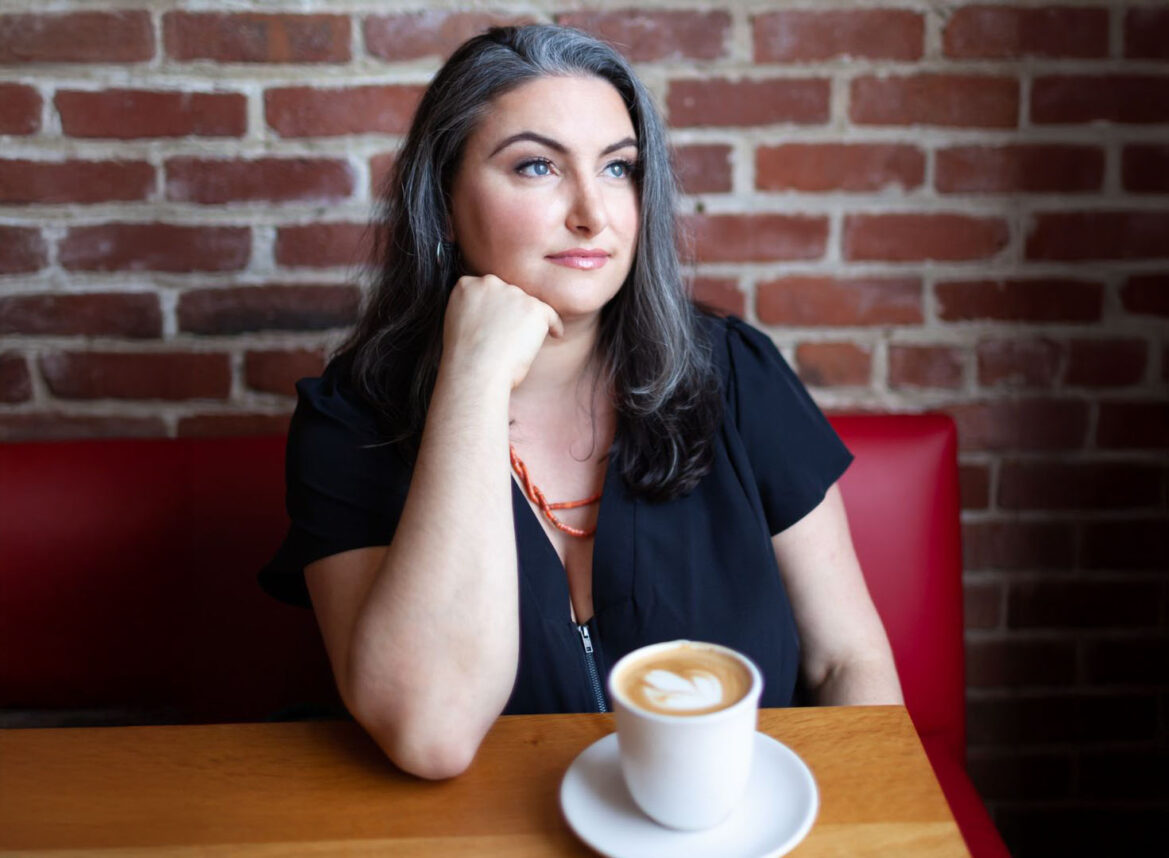The good news is that it’s not really your donations paying for the new survey. Funds will come from donors specially interested in the project.
There’s going to be a national Jewish population survey in the year 2000, and it’s got researchers in one heck of a pickle.
It will be the biggest, most extensive, most expensive Jewish demographic study ever, according to its sponsor, the Council of Jewish Federations (CJF). Of course, that’s just what they said about the last population survey, in 1990: biggest, costliest, best. And so it was. With a $400,000 budget and 2,441 respondents, Survey 1990 dwarfed all Jewish polls before it, even the CJF’s own landmark survey of 1970.
But Survey 2000 is really big: 5,000 planned interviews, budget of $2.3 million. “It’s going to give us a comprehensive sociological portrait of the Jewish community,” says CJF research director Jim Schwartz.
Why would the Jewish federations want to spend $2 million of your donations to repeat a study that was done so well just a few years ago? The researchers apparently have two goals.
First, they want to follow up on the 1990 survey to see how its trends are playing out. Second, they want to avoid re-creating the fiasco of 1990.
Now, in many ways, Survey 1990 was a model of good research. It yielded an incomparable trove of data on Jewish family, education, geographic and religious patterns, and more. It’s an invaluable resource for scholars.
Unfortunately, the only thing most of us ever saw was one number, and it was wrong: 52 percent, the rate at which Jews supposedly marry out of the faith. The other findings were mostly ignored. Dozens of expected spinoff studies never happened. Skepticism is mounting about the methodology itself.
So here’s the pickle: To see where we’re heading, the new survey must be comparable to the last one. That means doing things the same way. But to avoid repeating the mistakes of 1990, things must be done differently.
Complicating matters, the Council of Jewish Federations isn’t admitting that anything was wrong last time. For a decade, it has answered critics by maligning them. Scholars questioning the last survey, including some of America’s leading Jewish population researchers, have been left off committees that are planning the next one.
The defensiveness endangers Survey 2000, says one excluded scholar, Brown University sociologist Calvin Goldscheider: “The attitude seems to be, ‘No matter how badly we did the first one, we want to make sure we do the same thing the next time.'”
CJF’s Schwartz insists that there’s no other way. “Social science research is a cumulative process,” he says. “Each effort builds on the last.”
To grasp the dilemma, consider what went wrong last time, starting with the famous 52 percent. It had several flaws, but here’s the biggest: Two-fifths of the people described as intermarried weren’t even Jewish.
The problem was defining terms. The survey found a “core” community of 5.5 million Jews (probably also wrong), plus a periphery of about 625,000 “Jewishly connected” persons who (mostly) had a Jewish parent, but said they weren’t Jews. Think Barry Goldwater. Somehow, the published intermarriage rate included marriages of these “Jewishly connected” persons (the survey inexplicably called them “Jews converted out” and “Jews practicing other religions,” another sore point to critics).
When the intermarriage rate is recalculated, counting only marriages with a Jewish partner, it’s less than 40 percent. Fix some technical flaws that many researchers say need fixing, and the number drops to about 35 percent. Recent surveys confirm that number.
“There are big issues of definition, of who is a Jew, who do you interview,” says another excluded critic, Jack Ukeles, head of a respected research firm. “But the biggest issue is that it all needs to be discussed and debated.”
Scholars involved with the survey cite scientific reasons to include “Jewishly connected” Gentiles, including the fact that some end up marrying Jews. Besides, some of these scholars doubt that anyone was actually dim enough to think the 52-percent figure referred to Jews. Said one: “Do you really think people thought that?”
Yes, professor, nearly everyone did. Nothing since the Six-Day War has so shaken the way Jews relate to Judaism and each other. Combined with the finding that only 28 percent of intermarried couples raise their children “in the Jewish faith” (that number soars if you drop couples without Jews), it has stirred nationwide fears that Jews are disappearing.
“The figure of 52 percent has become not a statistic but an ideology,” says Goldscheider. “It’s a great scare tactic, but it’s terrible statistical analysis. The policy people want to play it up, because that’s how you raise funds and guarantee programming.”
Some community leaders say the alarm, however imprecise, has done real good by getting Jews’ attention. “It ended up provoking a great deal of debate, some of it useful,” says Barry Shrage, president of Boston’s Combined Jewish Philanthropies. “Taking a picture of yourself and looking in the mirror, no matter how distorted the picture, provides a very important picture. It’s good to do that every 10 years or so.”
Even so, here’s another pickle: If the new survey shows a true intermarriage rate, excluding marriages between two Gentiles, it will falsely imply a sharp drop since 1990. To keep things straight, CJF must either admit it was wrong last time, or else repeat the nonsense.
One of the planners of Survey 2000, University of Miami geographer Ira Sheskin, wants to finesse by doing everything twice. “We should have one intermarriage rate among the ‘Jewishly connected’ population and another among core Jews,” Sheskin says.
Sheskin is proposing other steps to answer the critics. One idea: phone back respondents who declined to be interviewed, to find out why. That would help determine whether the estimate of 5.5 million Jews was too low; some argue that too many Jews are missed in the initial screening calls. It would also address a nagging complaint from 1990: that it misjudged which types of Jews dodge the pollsters, perhaps inflating intermarriage, synagogue nonmembership and other measures of assimilation.
Sheskin raised his proposals last month at the first meeting of the survey’s technical advisory committee. Unenthusiastic reactions from CJF leadership suggest that they’re still not ready for anything smacking of self-examination.
The good news is that it’s not really your donations paying for the new survey. Funds will come from donors specially interested in the project.
The news might still be grim, but it will sound better. Who will weep over, say, the Max and Thelma Finkelstein Memorial Intermarriage Rate?
J.J. Goldberg is the author of “Jewish Power: Inside the Amercan Jewish Establishment.” He writes from regularly for The Jewish Journal.






















 More news and opinions than at a Shabbat dinner, right in your inbox.
More news and opinions than at a Shabbat dinner, right in your inbox.